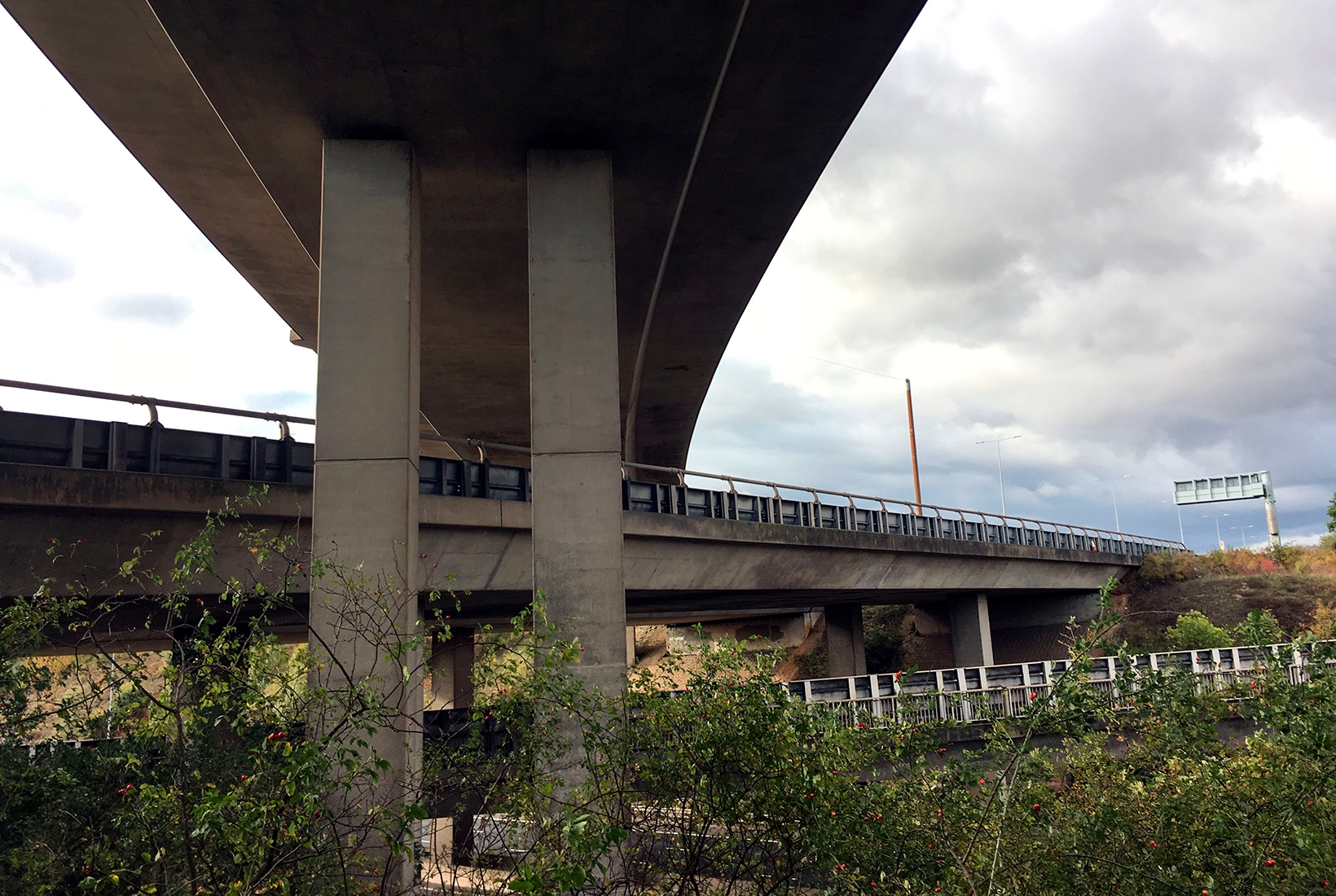When a 90-minute documentary is introduced with the words ‘This is the M25’, you’d be within your rights not to feel your heart soar. Nor would you necessarily expect what follows to be full of wonders of all kinds — natural, historical, literary and scientific. Yet this is exactly what happened in BBC Four’s The Hidden Wilds of the Motorway, presented by Helen Macdonald.
Macdonald is best known for her 2014 bestseller H is for Hawk, which mixed memoir and falconry with a biography of the author T.H. White. In Tuesday’s programme, she was on similarly genre-blending form as she set off on a television journey that, in a rare twist, was an actual journey: clockwise around the M25 from junction one in Kent.
At times, the road served largely as a weird background presence — or what Macdonald arrestingly called ‘a vision from another world’ — amid a much older Britain. At others, she pointed out the surprising effects the motorway has had on the wildlife around it. The nearby great tits, for example, have now developed a much higher-pitched song than their country cousins in order to be heard over the traffic; so much so, Macdonald suggested, that they might be evolving into a separate species. And then there are all those dead spaces immediately surrounding the motorway — which turn out not to be dead at all, but wild meadowland, bursting with life, that wouldn’t exist if Britain’s least favourite road had never been built.
The great tits have developed a much higher-pitched song in order to be heard over the traffic
Not that everything was left to nature. In Hertfordshire, Macdonald met Tony Sangwine who in the 1980s led one of the biggest planting jobs of the 20th century: landscaping the M25’s northern stretch. Sangwine — winningly referred to by Macdonald as ‘the Capability Brown of the orbital road’ —described how carefully he’d arranged more than two million trees and shrubs that most of us notice only subliminally, if we notice them at all.








Comments
Join the debate for just £1 a month
Be part of the conversation with other Spectator readers by getting your first three months for £3.
UNLOCK ACCESS Just £1 a monthAlready a subscriber? Log in